Voluntarily sharing informative posts from unaffiliated sources.
- 143 Posts
- 11 Comments

 38·5 months ago
38·5 months agoSummary:
- Spotify has announced another price hike for its subscription plans in the United States.
- This price increase comes shortly after Spotify CEO Daniel Ek sparked outrage among music fans and creators by claiming that the “cost of creating content is close to zero.”
- Many musicians and music fans condemned Ek’s comments, arguing that music is not just “content” and that it is costly and time-consuming to create.
- Despite the backlash, Spotify is increasing its standard Premium plan by $1 to $11.99, the Duo plan by $2 to $16.99, and the Family plan by $3 to $19.99 per month.
- Spotify claims the price hikes are necessary to invest in and innovate its product features, but this reasoning is questioned given Ek’s “content” cost comments.
- Spotify is less vulnerable to customer churn compared to TV/movie streaming services, as users are less likely to switch music streaming providers due to the hassle of rebuilding playlists and losing personalized recommendations.

 84·5 months ago
84·5 months agoSummary:
In the past, you could bypass the sign-in requirement by choosing ‘Offline Account’ or ‘Sign in with a local account instead.’ However, Microsoft removed this option in recent years, meaning you would need an active internet connection to create a Microsoft account for a new Windows 11 install.
Some users discovered that they could bypass this requirement by using the following blocked email addresses: example@example.com, a@a.com, or no@thankyou.com, and then typing in a random password. While this would let you fall back to proceeding with an offline account until recently, it now results in an ‘Oops, something went wrong’ message, which will return you to the same email input screen.
Thankfully, there remains another way to install Windows 11 without a Microsoft account. When you’re at the log-in screen, you can hit Shift + F10 and type OOBE/BYPASSNRO, which will let you create a local account instead if you do not have an internet connection (so disconnect the internet for this). However, non-tech-savvy users will likely not know this, so many would likely end up creating another unwanted online account.
This is just one of the controversial steps Microsoft has recently been taking, like including ads in the Start Menu, nagging Windows 10 users to upgrade, or adding a watermark if your PC does not support AI features.

 5·5 months ago
5·5 months agoAlternative to Instagram:
- Pixelfed (Ad-free, privacy friendly, open source and decentralized)
Pixelfed is a free and open-source image sharing social network service. The platform distinguishes itself from other image sharing services through its decentralized architecture, meaning user data is not stored on a central server. It uses the ActivityPub protocol, allowing users to interact with other social networks within the protocol, such as Mastodon, PeerTube, and Friendica. Pixelfed and other platforms utilizing this protocol are considered to be part of the Fediverse. The network is made up of several independent sites that communicate with one another, which is roughly comparable to e-mail providers. The parties involved do not all have to be registered with the same provider, but can still communicate with each other. Thus, users are able to sign up on any server and follow others on the other instances.
Much like Mastodon, Pixelfed implements chronological timelines without content manipulation algorithms. It also aims to be privacy-focused with no third party analytics or tracking. Pixelfed optionally organizes its media by hashtags, geo-tagging and likes based on each server. It also allows audiences to be distinguished in three ways and on a post-by-post basis: followers-only, public, and unlisted. Like several other social platforms, Pixelfed allows accounts to be locked, when followers must be pre-approved by the owner.

 23·5 months ago
23·5 months agoFor more than two and a half decades, we have collected, preserved, and shared our digital cultural artifacts. Thanks to the generosity of our patrons, the Internet Archive has grown from a small preservation project into a vast library that serves millions of people each year. Our work has impacted the lives of so many of our users who value free and open access to information.
From the beginning, it was important for the Internet Archive to be a nonprofit, because it was working for the people. Its motives had to be transparent; it had to last a long time. That’s why we don’t charge for access, sell user data, or run ads, even while we offer free resources to citizens everywhere. We rely on the generosity of individuals like you to pay for servers, staff, and preservation projects.
If you can’t imagine a future without the Internet Archive, please consider supporting our work. We promise to put your donation to good use as we continue to store over 99 petabytes of data, including 625 billion webpages, 38 million books and texts, and 14 million audio recordings.
- Volunteer Positions:
- Volunteer as an Open Library Developer (Learn how to contribute, find easy tasks, look at our roadmap, and ask to join our community slack chat!)
- Volunteering as an Open Librarian (Want to make sure Open Library’s data is pristine?)
- Volunteer Positions:

 6·5 months ago
6·5 months agoAs stated in the Internet Archive Blog post:
The source of the attack is unknown.

 86·5 months ago
86·5 months agoInternet Archive is also being sued by the US book publishing and US recording industries associations, which are claiming copyright infringement and demanding combined damages of hundreds of millions of dollars and diminished services from all libraries.
“If our patrons around the globe think this latest situation is upsetting, then they should be very worried about what the publishing and recording industries have in mind,” added Kahle. “I think they are trying to destroy this library entirely and hobble all libraries everywhere. But just as we’re resisting the DDoS attack, we appreciate all the support in pushing back on this unjust litigation against our library and others.”

 24·5 months ago
24·5 months agoSummary:
- Internet Archive, including its Wayback Machine, has been facing sustained DDoS attacks for several days
- The attacks began on Sunday and have been intermittent, but disruptive to the organization’s services
- Internet Archive says the attacks have been “sustained, impactful, targeted, adaptive, and mean”
- Despite the attacks, the organization’s collections are safe, though access has been inconsistent
- This comes as Internet Archive is also embroiled in a legal battle with US book publishers over its Controlled Digital Lending program
- The non-profit is working to harden its defenses to offer more reliable access to its digital library
- Cyberattacks have been increasingly targeting libraries and other knowledge institutions recently

 1·5 months ago
1·5 months ago- Donate
- Volunteer Positions:
- Volunteer as an Open Library Developer (Learn how to contribute, find easy tasks, look at our roadmap, and ask to join our community slack chat!)
- Volunteering as an Open Librarian (Want to make sure Open Library’s data is pristine?)

 80·5 months ago
80·5 months agoSummary:
- This means that when a Steam user passes away, their entire game library and account cannot be bequeathed or transferred to their loved ones.
- The gaming community has expressed frustration over this policy, with some suggesting workarounds like sharing login credentials, but these may only be temporary solutions.
- This issue highlights the broader problem with digital purchases, as users do not truly “own” the content they buy, but rather have a license to access it.

 3·10 months ago
3·10 months agoI agree with some of the points you’ve made, but disagree with some others. Nevertheless, thanks for sharing your thoughts.

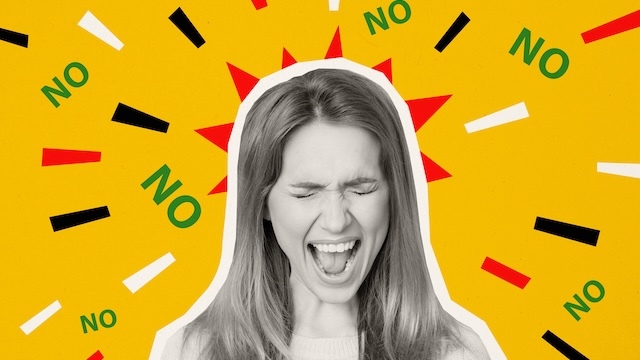
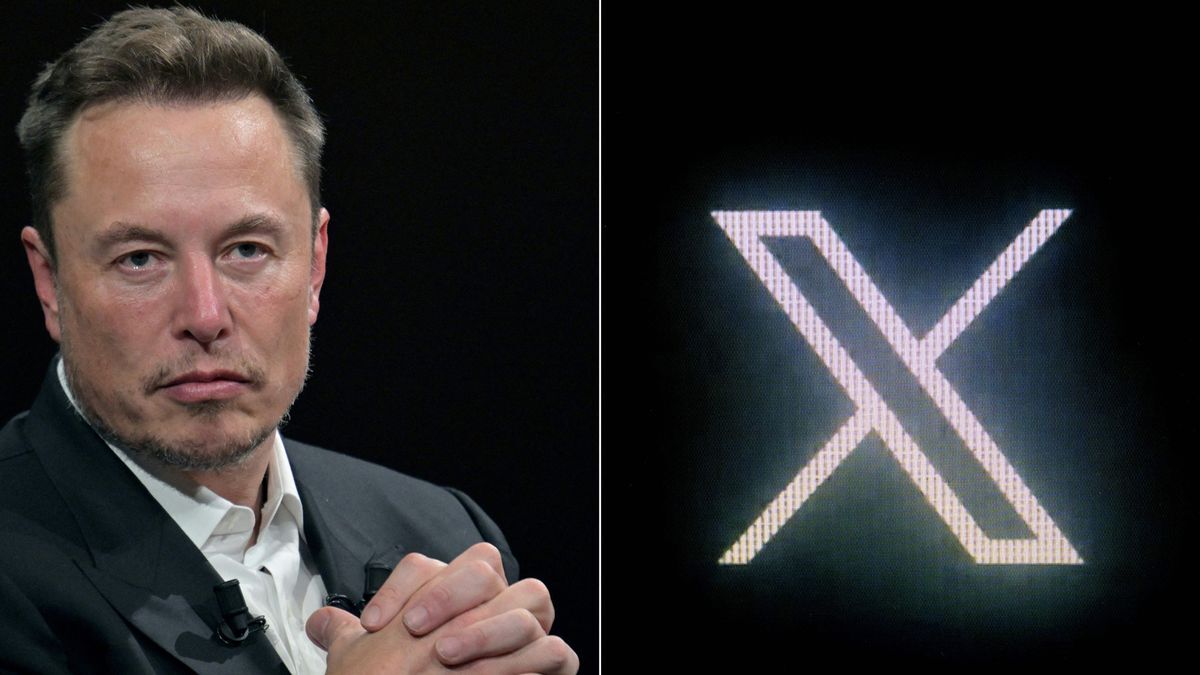

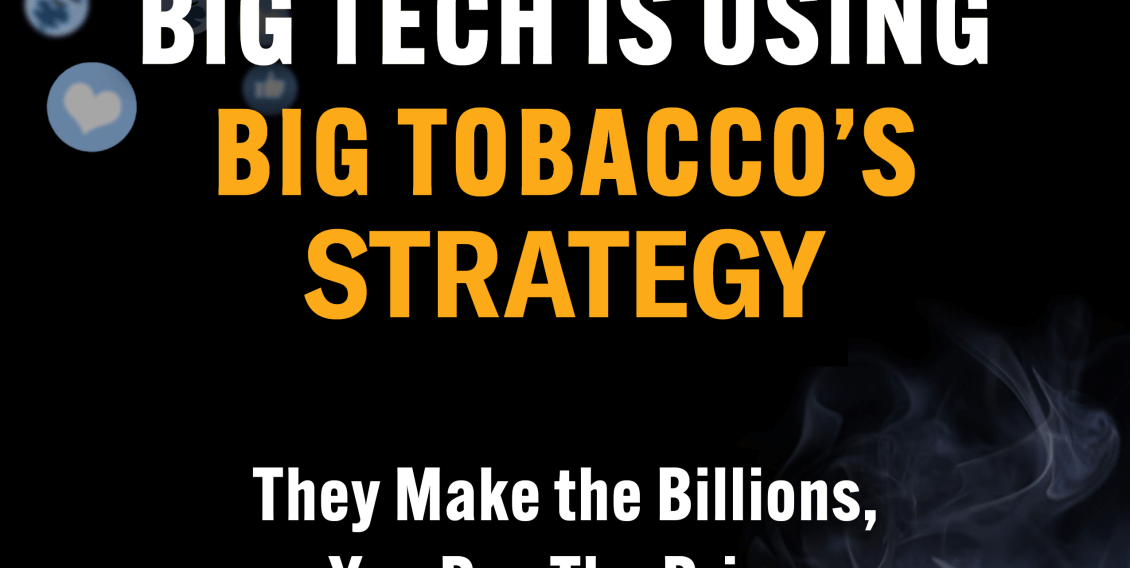








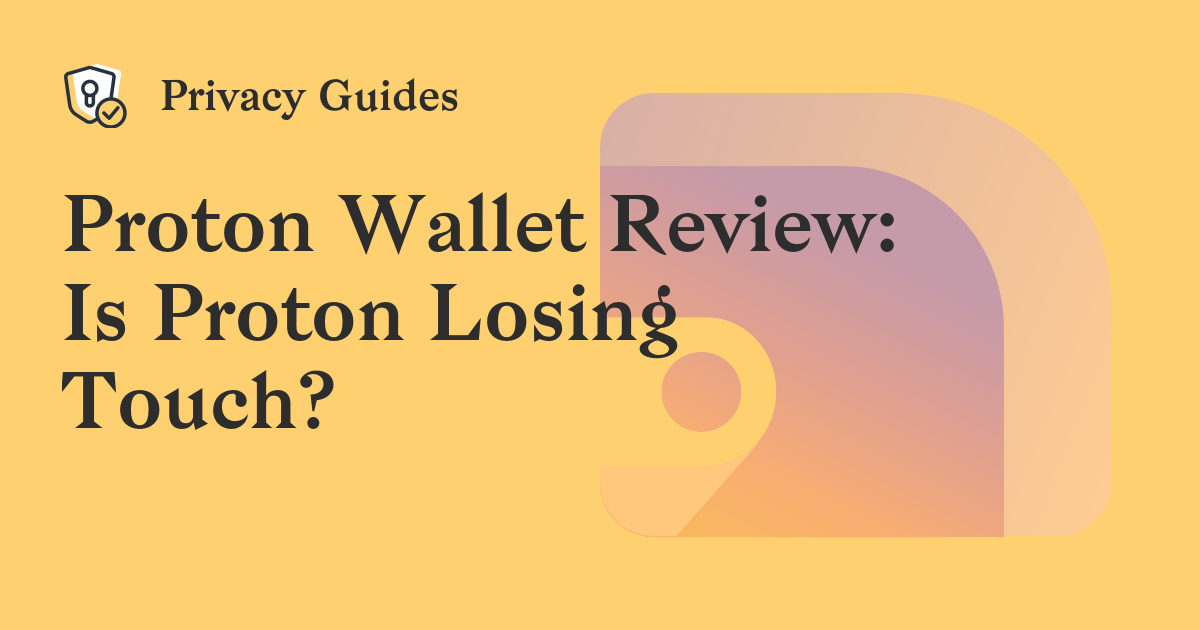
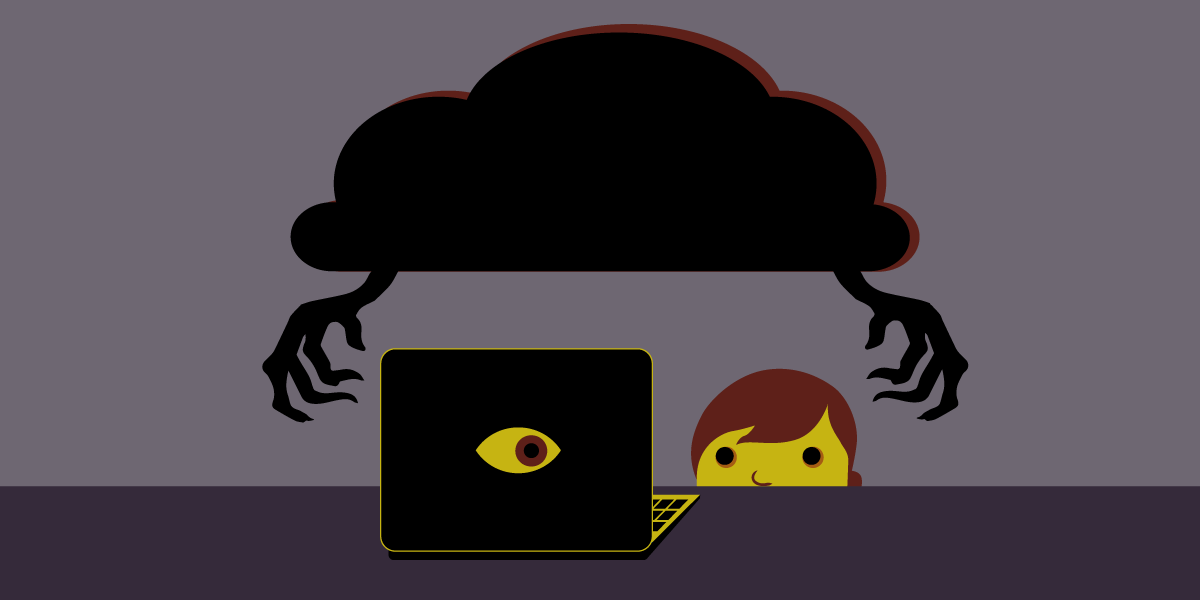
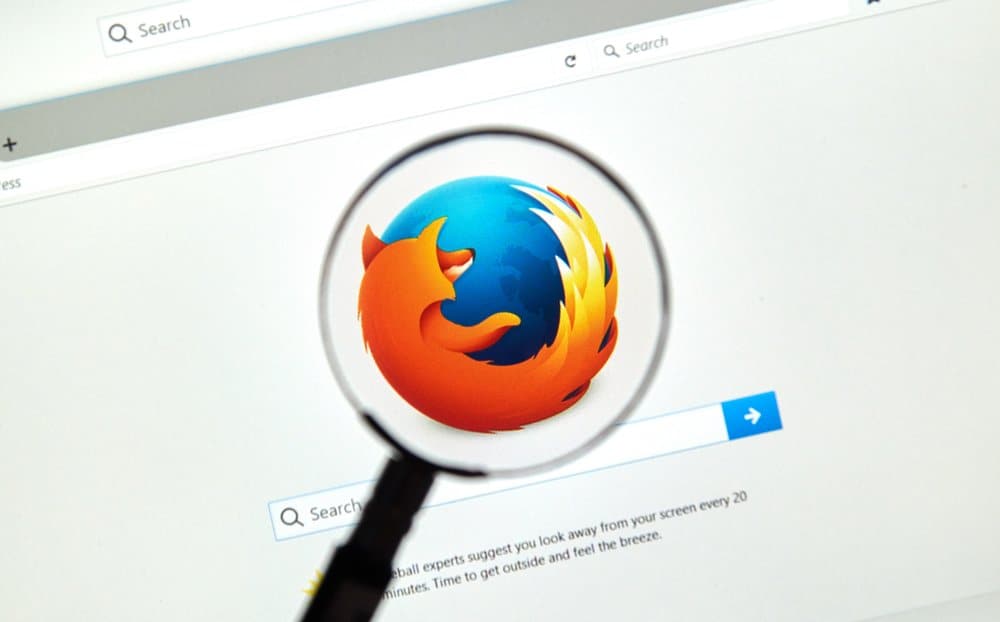
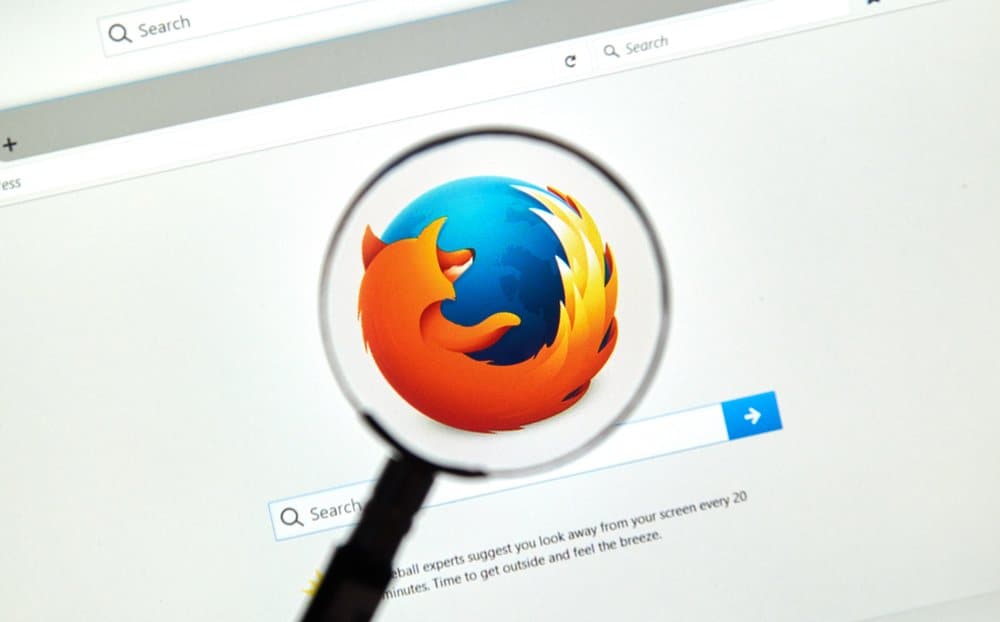
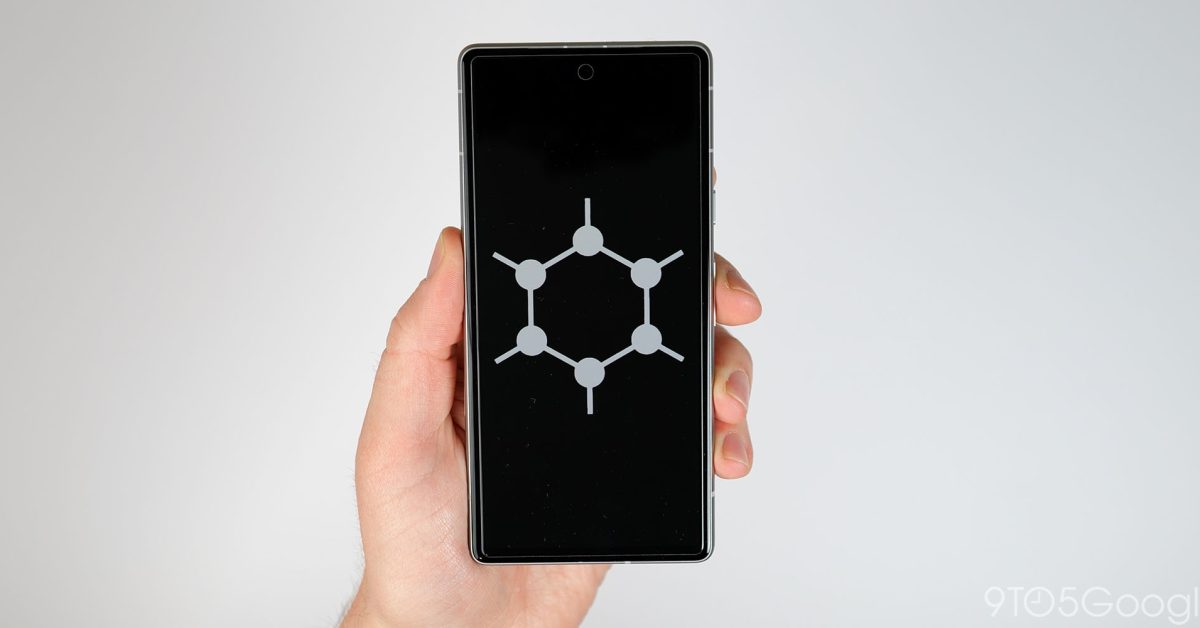
Related: